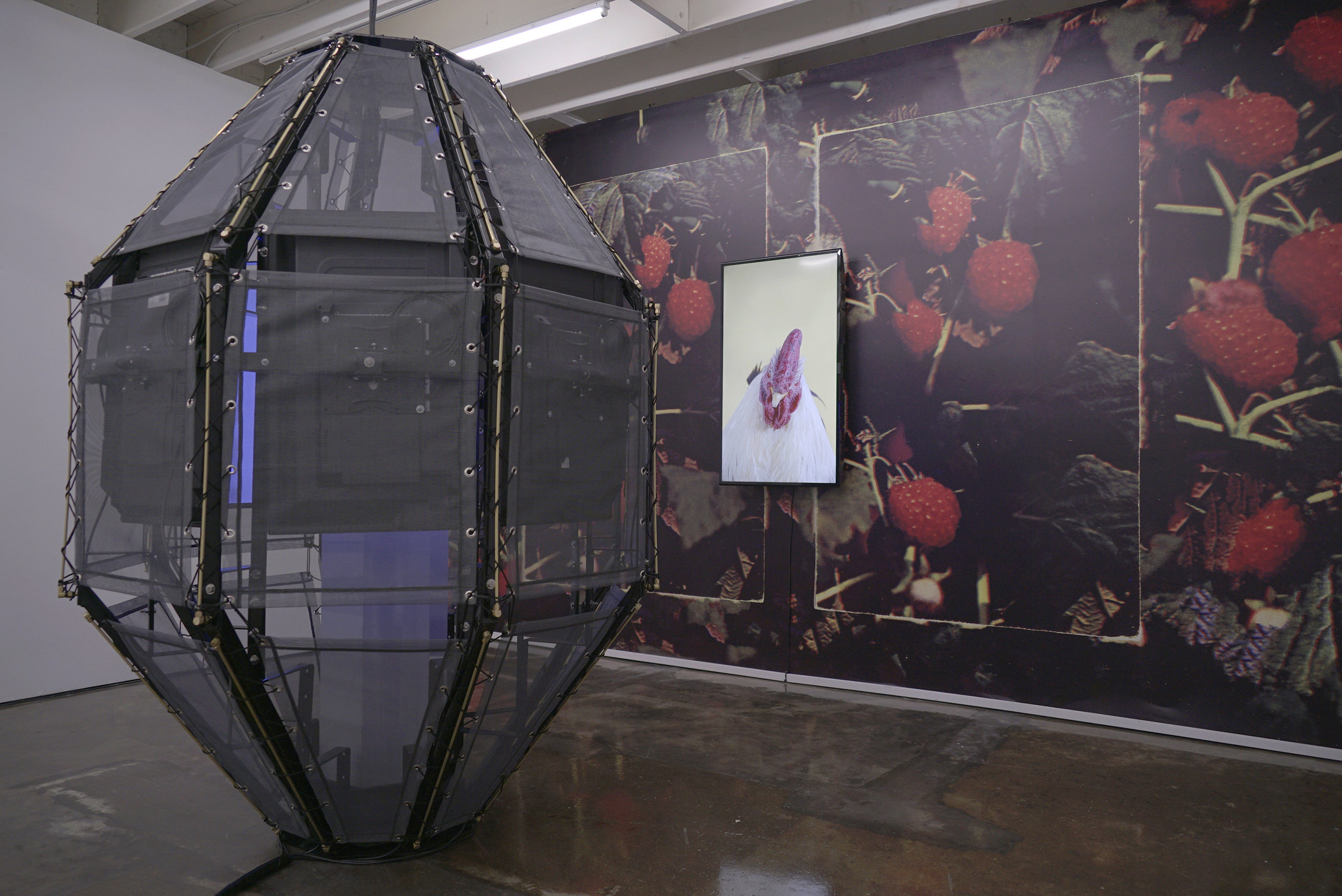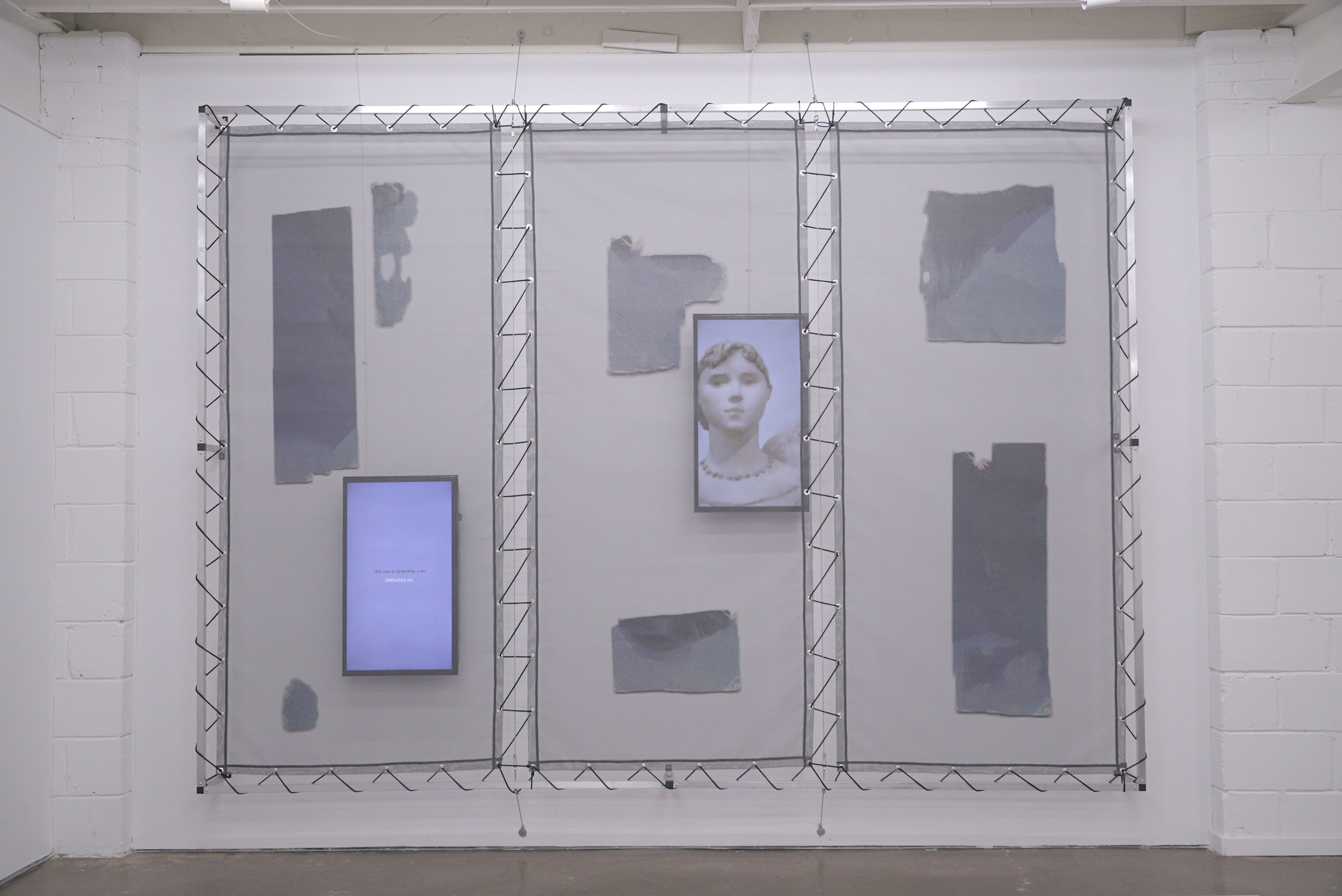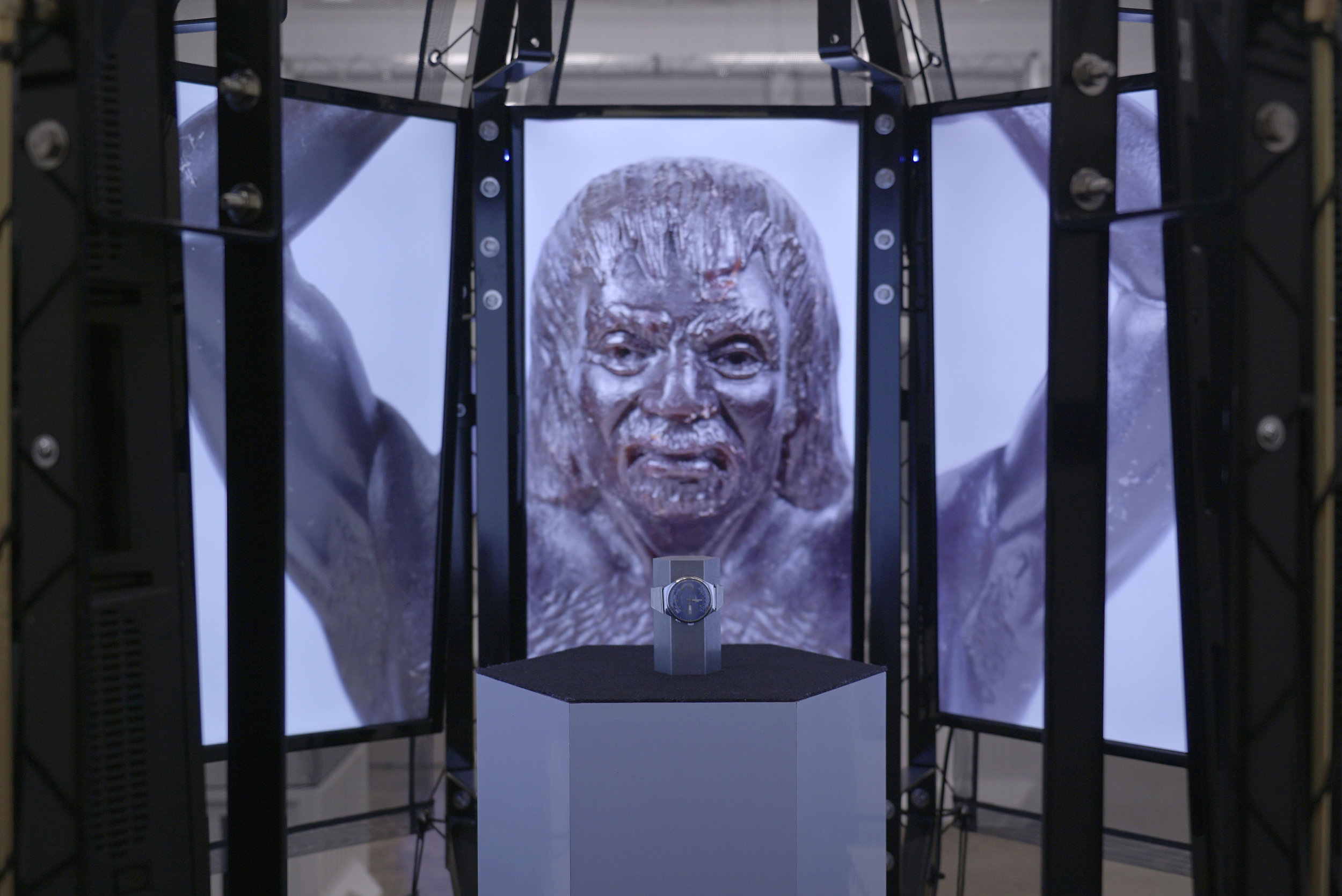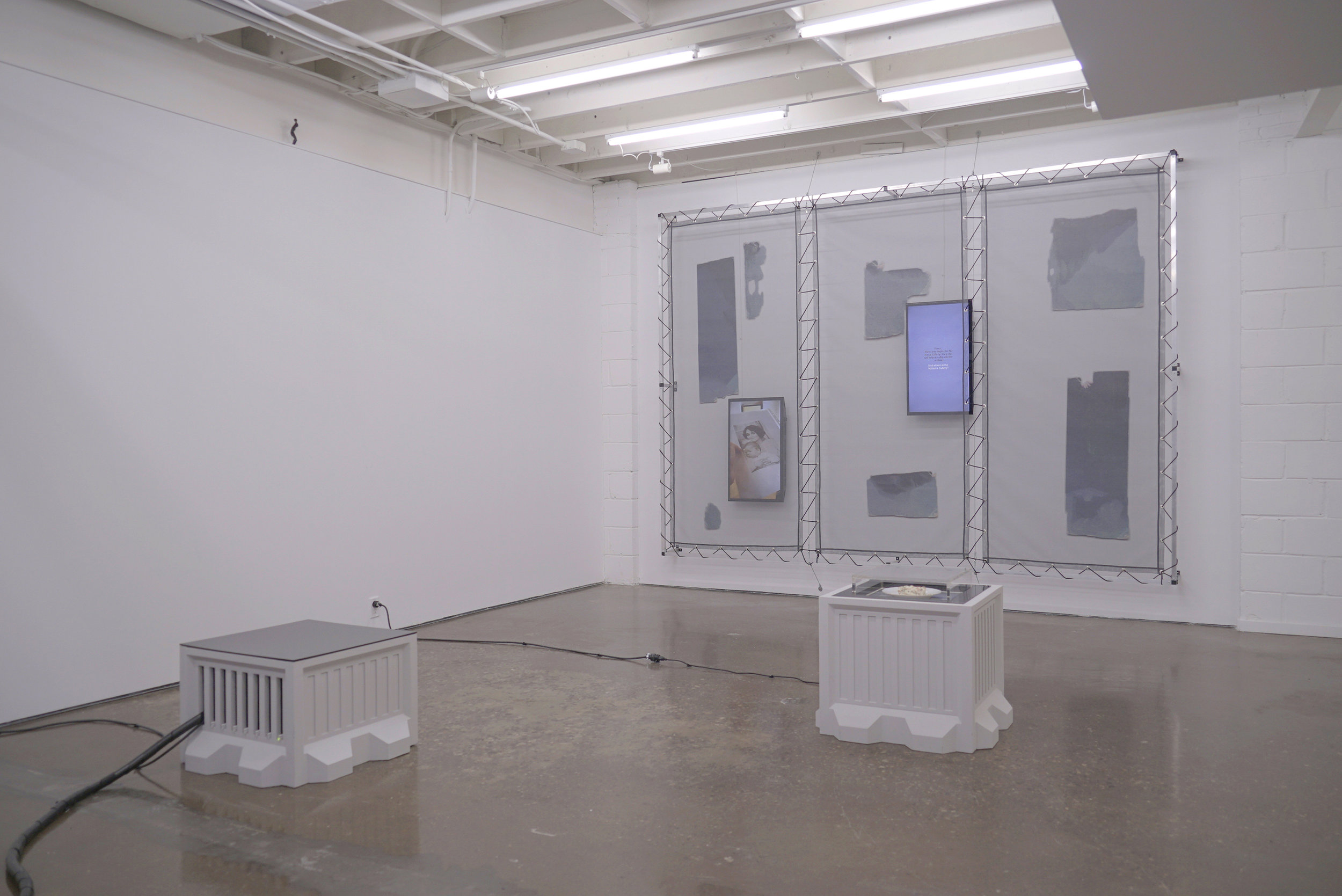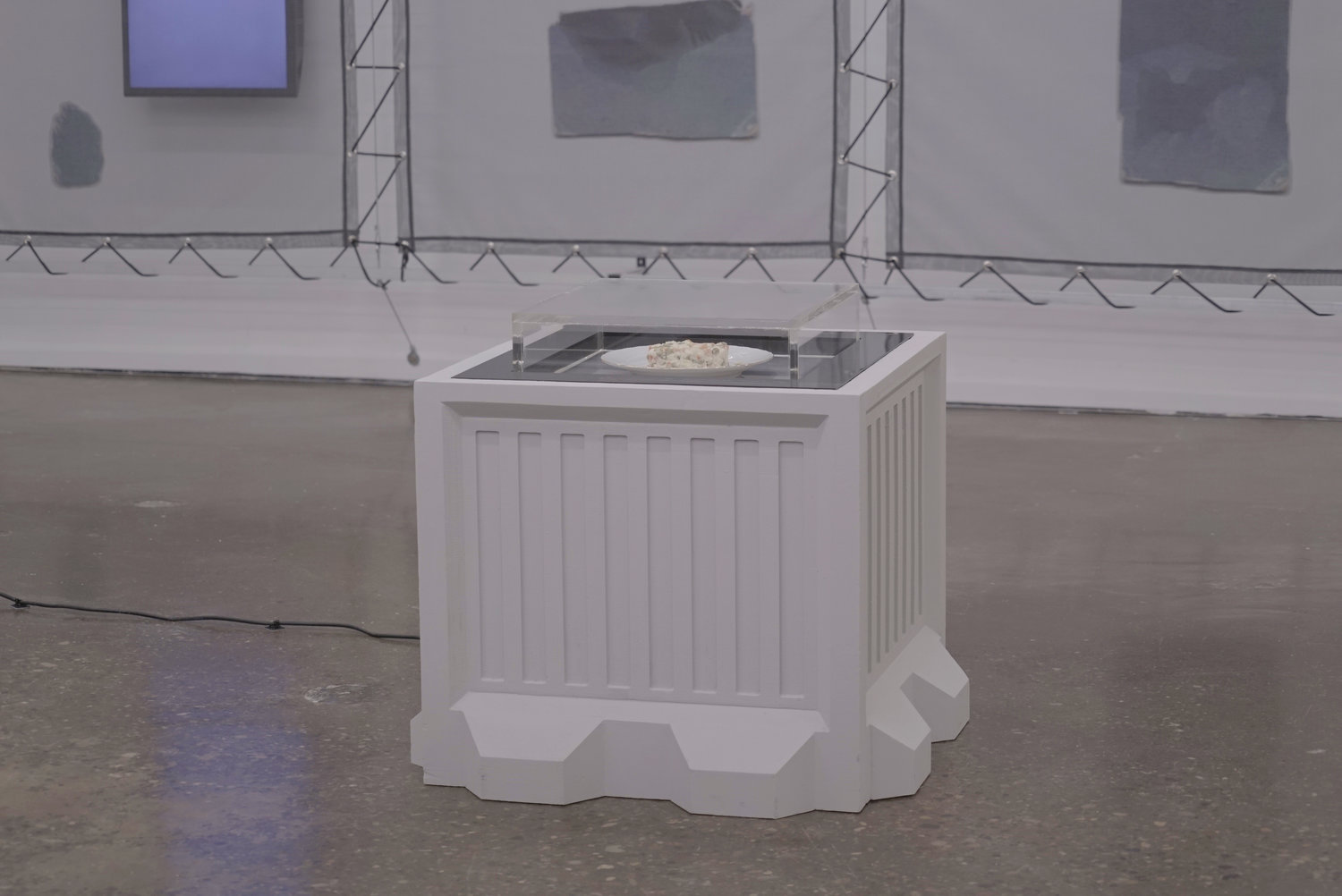Kak Vsegda/As Always
Pari Nadimi Gallery
Toronto, Canada
February 9-March 25, 2017
LINK
Reviews:
Canadian Art
Toronto Star
Artoronto.ca
Kak Vsegda translates to 'as always', a lamentation often uttered to express the experience of deep disappointment in the cyclical and perpetual failures of various institutions, groups and individuals. It expresses a certain sense of hopelessness born out of a history of subjugation and loss. The collapse of the Soviet system and its notion of futurity premised on a total break in history inaugurated a jingoistic nationalism. This new regime seeks to perpetuate ancient traumas through gendered expressions of power and loss. "Kak Vsegda" the old people mutter as we find ourselves once again at the beginning of history, with a stone hoisted against an unseen enemy. A cry is witnessed but is unheard in the bluster. How will we know which is history and which is memory? Will it be in stories carried through in thick and hidden layers?
Kak Vsegda / As Always is a video and installation project that centres around Kalmenson's migration from Leningrad, USSR and return after 27 years to Saint Petersburg, Russia. The show presents performance documentation from his residency at the National Center for Contemporary Art in Saint Petersburg and immersive installation works. Assembled through fragments gathered from a flea market near his childhood home and family stories Kalmenson presents a searching vision which seeks to dissect various motifs of memory construction.
Atlas is a multi-screen video installation which brings into relief the shifting notions of futurity and history that have accompanied the transition from the Soviet period into the present era in Russia. The work centres around a 1980s Soviet wristwatch which, due to a combination of mechanical limitations and perhaps a sense of secular millenarianism, marks the end of time at the year 2000 when Putin's regime consolidated its power. The watch is circumscribed by a multi-screen display depicting a Soviet plastic figurine, rotating counter-clockwise, of an early Homo Sapiens hoisting a boulder above its head and poised to strike, rendering the figure somewhere between Atlas and Sisyphus. In its tension with the watch, the figure serves as an analogue of the contemporary Russian regime’s resurrection of its imperial legacy and rehabilitation of the Tsars as a backwards-oriented, unifying narrative, in stark contrast to the totalising, futuristic and progress-oriented Soviet narrative. Through their construction of the future, both regimes relied on a continual remaking of the past and the formation of messianic notions of time, spinning in both directions from an axis of the present.
The Future Is Certain; It's the Past Which Is Unpredictable
Blaffer Art Museum
February 17–August 11, 2018
Houston, USA
Curated by Monika Lipšic with work by Tacita Dean, Felix Kalmenson, Maria Loboda, Jonas Mekas (with Johnston Sheard and Justė Kostikovaitė), Deimantas Narkevičius, Robertas Narkus, Emily Newman, Goda Palekaitė and Monika Lipšic, Jura Shust, Emilija Skarnulyte, Slavs and Tatars and Juan Pablo Villegas
LINK
Review: Houston Chronicle
The Future is Certain; It's the Past Which is Unpredictable
Calvert 22
London, UK
Curated by Monika Lipsic
Felix Kalmenson, Jonas Mekas, Deimantas Narkevicius, Emily Newman, Rather Than Happiness, Jura Shust, Slavs and Tatars, Emilija Skarnulyte, and Juan Pablo Villegas
23 June-20 August 2017
LINK
Made possible with the generous support of:

